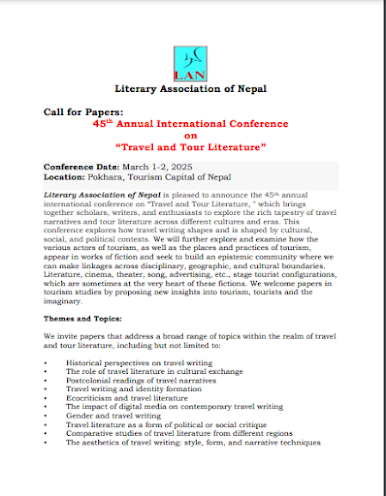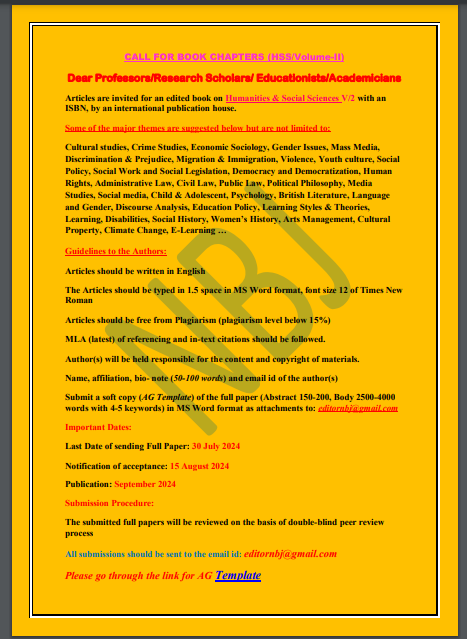Centre for Democracy, Pluralism and Human Rights (CDPHR)Invites you to an online public talkonLives of Minority Women in Pakistan: Perspectives from Sindh
by
Shiva Kachi
Sindhi Human Rights Activist
President, Pakistan Derawar Ittehad
Moderator:
Dr. Prerna Malhotra
President, CDPHR
About the Talk:
Join us for an insightful discussion on the challenges and experiences of Hindu minority women in Sindh, Pakistan. Shiva Kachi ji is an experienced social activist who works on the ground for the rights of religious minority communities and runs an NGO called Pakistan Derawar Ittehad. Our distinguished speaker will explore the lives of minority women in the Sindh province of Pakistan and share his insights as an activist who works on the issue of forced conversions.
Saturday, 29 June 2024
4 PM IST
Registration Link: https://forms.gle/kRzC3V7vcRkzpcdk8







.png)
.png)
.png)
.png)













.png)